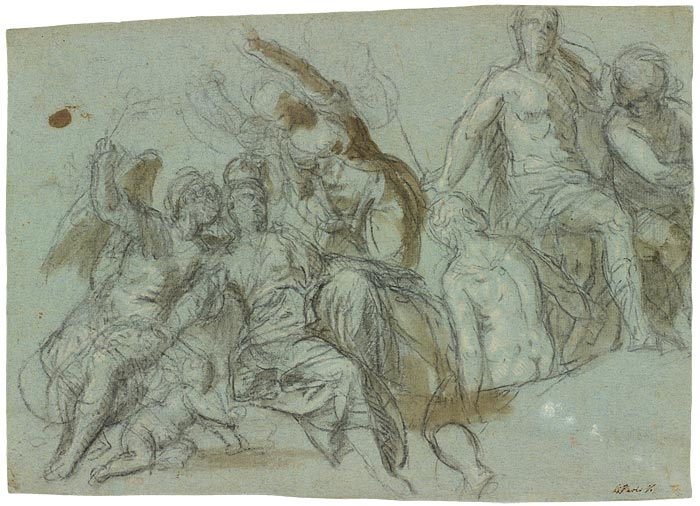
Paolo Veronese (Verona 1528–1588 Venice), Group of Figures for a Ceiling Decoration
, 1579–82, Black chalk, brown wash, heightened with wet white chalk, Purchased as the gift of the Fellows with the special assistance of Mrs. Gerrit P. Van de Bovenkamp, 1981
, 1981.52
